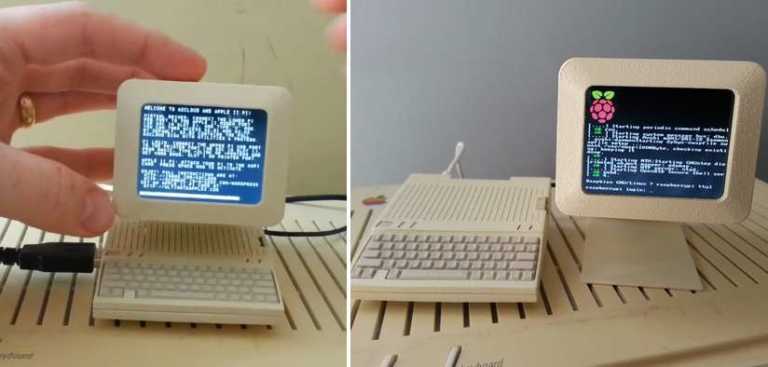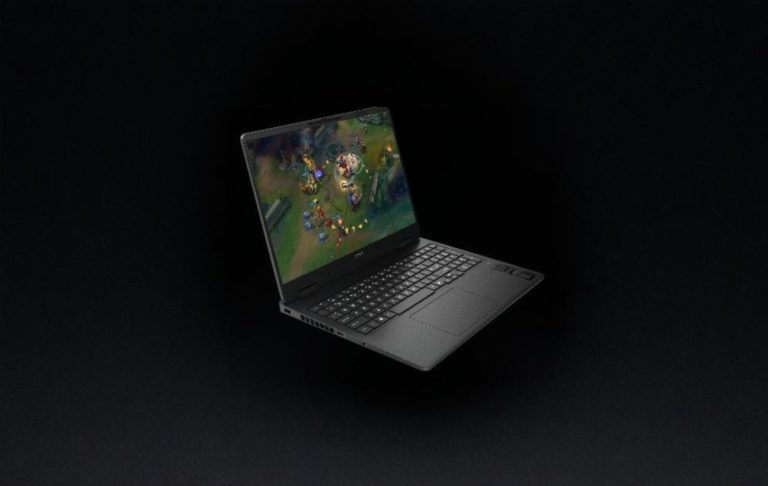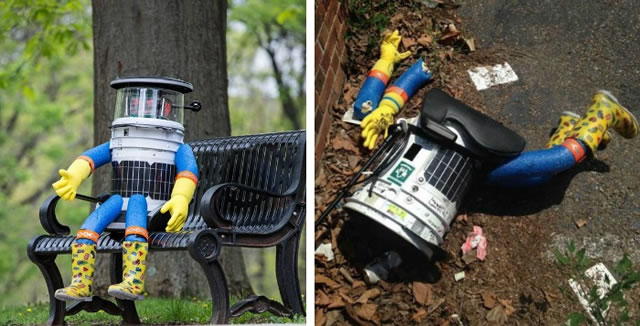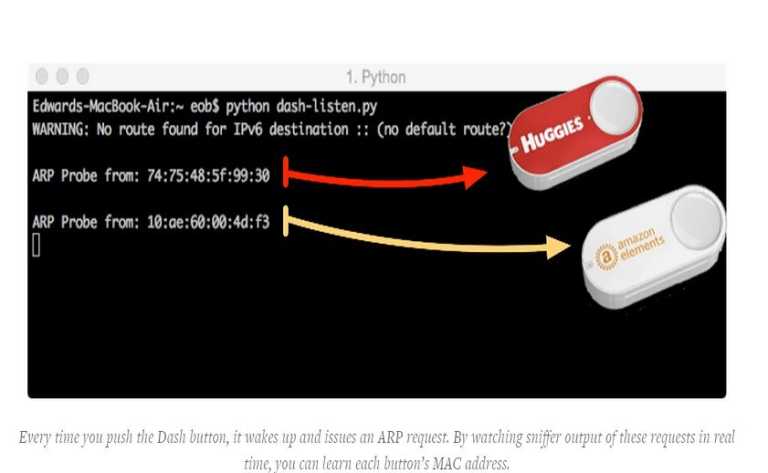Exoskeletons Explained: What Are They & How Do They Work?
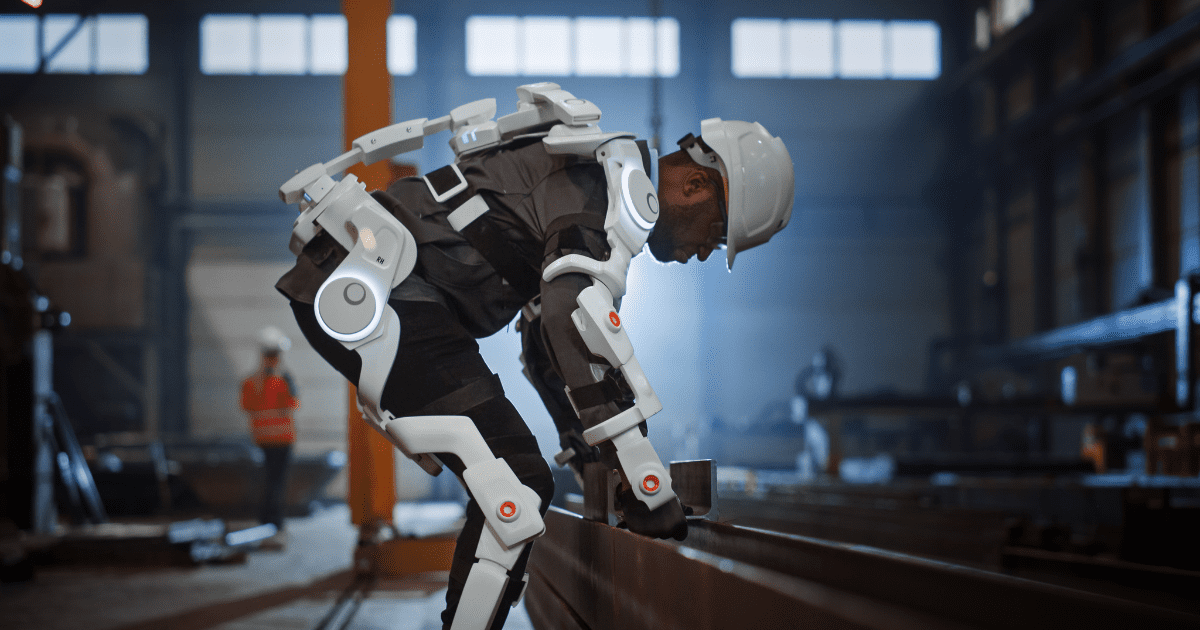
What if you could put on something that made you stronger, helped you lift heavy things, or even allowed you to walk again if you were injured? That’s what exoskeletons do. These machines are changing the way we move and work in medicine, industry, and the military. Like many modern robots, they’re built to support and enhance human ability. This guide will tell you everything about exoskeletons and how they’ll soon become a big part of our lives.
Introduction to Exoskeleton
In technology, an exoskeleton is a wearable device that helps people move better or carry heavy loads more easily. It’s a suit made of metal or plastic worn over the body to increase strength or reduce effort while moving.
In other words, you wear an exoskeleton outside of your body to give it extra support. Out in nature, crabs, for instance, and insects possess a hard outer shell to stabilize and protect them—that’s their natural exoskeleton.
How Do They Work?
Here’s a simple explanation of how exoskeletons work:
- Follows movement: The machine tracks the movement of your body, giving you stability without getting in the way.
- Powerful or passive: There are those with batteries or motors, but some operate without power due to unique materials.
- Task-specific design: Designers create them for various tasks—some help individuals walk again, and others assist with heavy work.
- Body-hugging structure: Exoskeletons fit like a costume, with pieces that wrap around the arms, legs, or back to keep the body steady.
- Motors or springs: Individuals typically use motors or springs in order to create greater power in movement, e.g., walking or lifting
Types of Exoskeletons
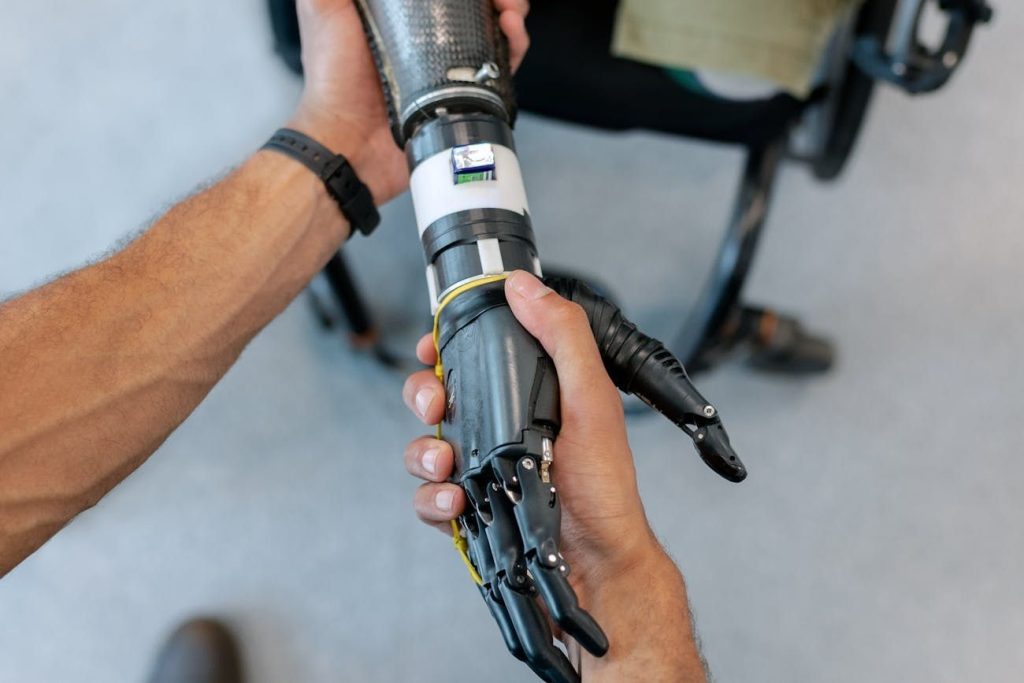
Exoskeletons are mostly classified according to how they operate and the nature of support they offer to the body:
- Powered exoskeletons: They are technologically advanced, with motors or batteries powering them. They push the body forward using built-in systems and help people walk, lift, or handle heavy tasks.
- Passive exoskeletons: They use springs, levers, or special materials to support the body and reduce strain during repetitive or heavy work.
- Pseudo-passive exoskeletons: They are somewhere in between powered and passive. Even though they have something similar to batteries or wiring, they add nothing in terms of power or motion. Instead, they help with control and guidance of motion.
- Hybrid exoskeletons: These systems combine power sources, sensors, and a method called functional electrical stimulation (FES), which electrically stimulates muscles to contract.
Applications of Exoskeletons
Exoskeletons have begun being used across all industries to assist people in walking more effectively, staying safe in the workplace, and recovering faster. These are some of the main areas that they are helping in:
1. Medical Use

Exoskeletons are increasingly being used in the medical field, particularly to assist patients who have lost mobility due to surgery, illness, or injury. They are used in hospitals, rehab centers, and even at home to help patients move again and rebuild strength. In therapy, they support safe, repeated movements that are often hard to do without assistance.
Some exoskeletons are made for people with permanent disabilities. These devices enable them to walk a short distance or perform simple daily tasks more independently. Although they do not replace wheelchairs or constant assistance, they provide an opportunity to move more freely and remain active.
2. Military Use
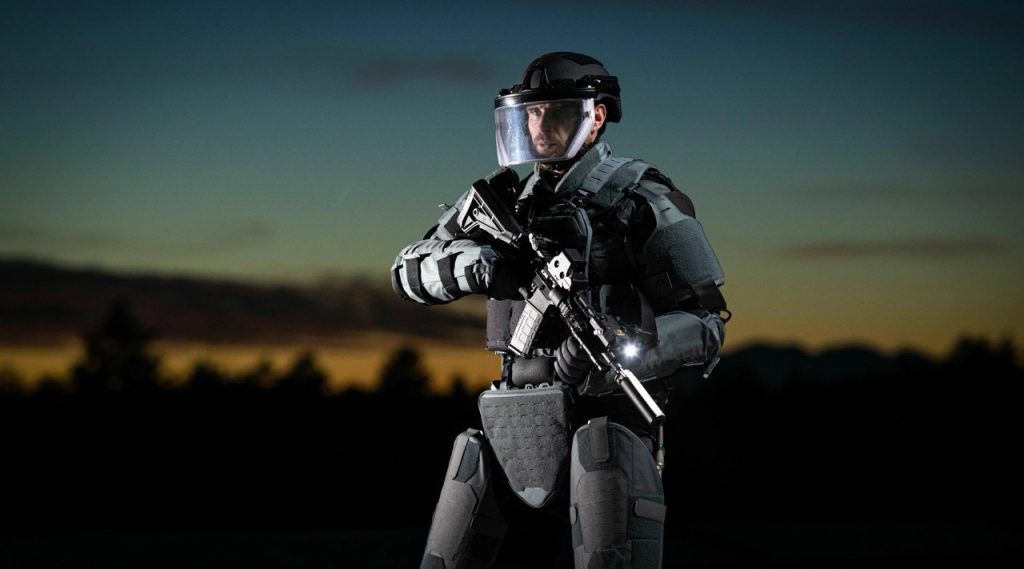
Soldiers typically have to carry a lot of equipment when they travel long distances or ride over hard ground. The exoskeletons eliminate some of that equipment, making it easier to move and less tiring. They also cushion the joints and assist in balance, allowing soldiers to move more and stay energized longer.
3. Industrial Use
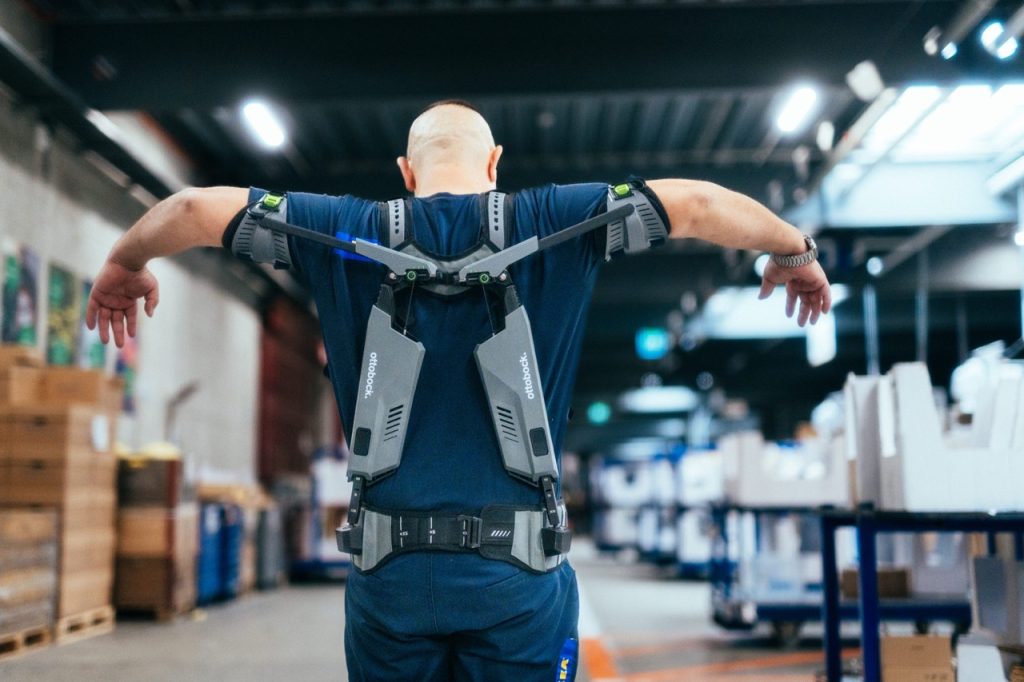
For tasks like factory labor, construction, or heavy towing, a person will bend, lift, and move heavy loads for hours straight. This puts a strain on the body and can lead to injury if the task continues indefinitely.
Industrial exoskeletons are wearable support systems that take pressure off the back, shoulders, and legs. They don’t help you do it, but they make it more comfortable and stable—especially when the task is awkward or repetitive.
Conclusion
As more and more individuals start to use them in everyday life, we’re gaining a better understanding of how helpful they can be. Over time, these devices have become simpler to use, more comfortable to wear, and better adapted to everyday needs.
They won’t solve all the problems, but they’re giving individuals new means of moving, working, and living with greater ease and assistance than ever before. In addition, improvements in design and technology continue to make them more accessible. Eventually, they may become a common part of daily life.

